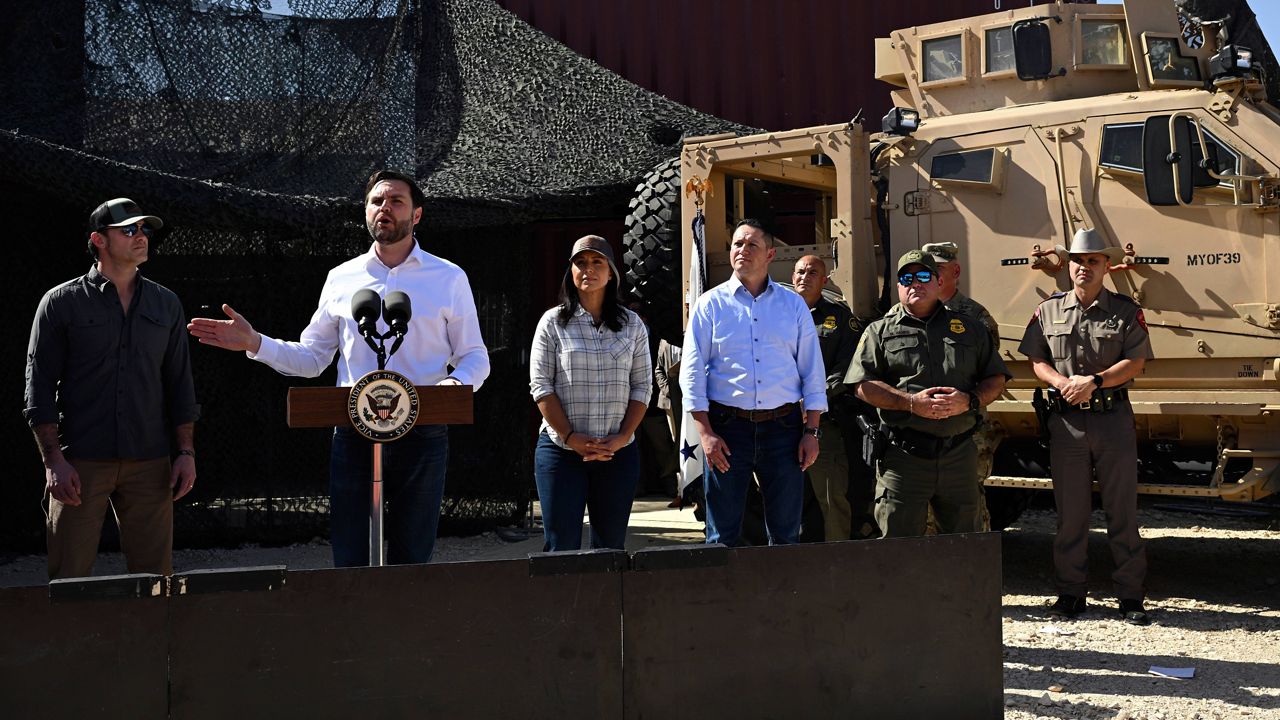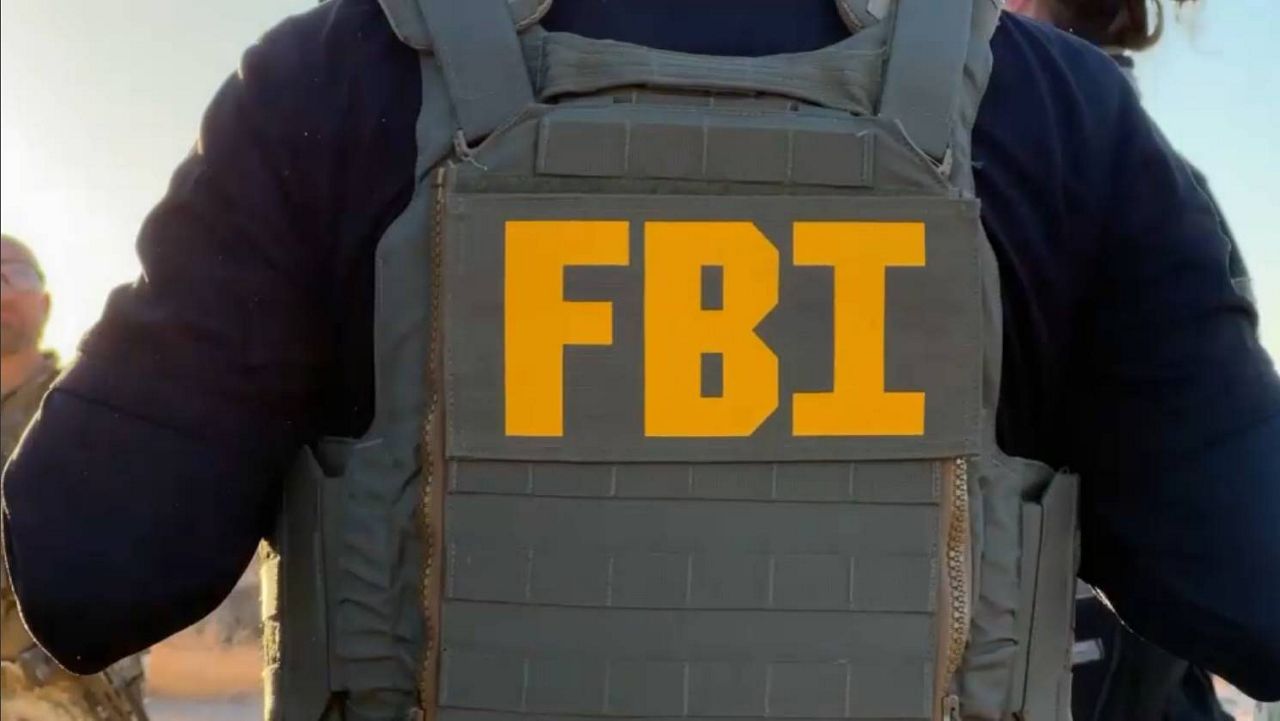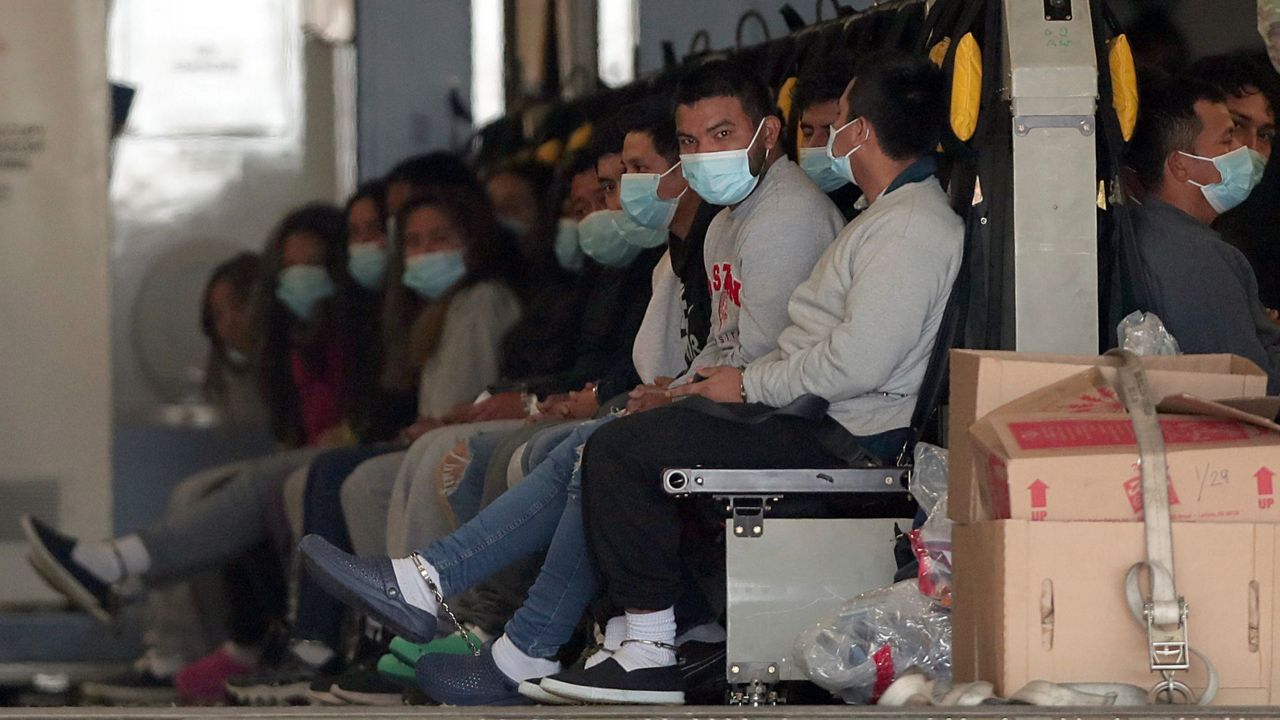TEXAS — The COVID-19 pandemic-era Title 42 migrant expulsion policy will expire on Thursday. Migrant shelters on both sides of the Texas-Mexico border are full. In El Paso, officials are dealing with another surge of migrants and worry that thousands more are waiting to cross.
With that in mind, Texas Gov. Greg Abbott at 7 a.m. Monday held a border security news conference at Austin-Bergstrom International Airport.
The governor announced plans to bolster his Operation Lone Star border enforcement program, chief among them the creation of the Texas Tactical Border Force.
Abbott began by again blaming President Joe Biden’s policies for the surge in border crossings, saying the president's administration expects the expiration of Title 42 will lead to about 13,000 people crossing the border per day.
“President Biden is laying down a welcome mat to people across the entire world, saying that the United States border is wide open. It will lead to an incredible amount of people coming across the border illegally,” Abbott said.
Abbott said the new unit is tasked with turning migrants away.
“Today, we are deploying a new National Guard unit. It’s called the Texas Tactical Border Force,” he said. “Right now, as we’re speaking, the Texas National Guard is loading Black Hawk helicopters and C1-30s, deploying specially trained National Guard members for the Texas Tactical Border Force. They will be deployed to hotspots along the border to intercept, to repel, and to turn back migrants who are trying to enter Texas illegally.”
Abbott said similar units previously deployed to the border proved effective in deterring and turning migrants back.
“They [Texas Tactical Border Force] will be deployed with the equipment and tools that will be needed for them to be effective,” Abbott said. “It includes aircraft, it includes boats on the water, night vision as well as riot gear, to prepare for anything they may encounter as they are protecting and securing our border.”
Abbott also announced that the Texas Legislature is working through bills that would give him more power to combat the anticipated migrant surge.
“We’re working on laws this session that I hope will pass later on this month that will give me and the state of Texas more tools to do an even better job of securing our border. One is to make it a felony to illegally enter the state of Texas from Mexico,” Abbott said. “That felony will entitle us to do one of two things. Either to arrest these people and jail them for the felony, or alternatively, to return them back to Mexico. We will also make it a felony for anybody who’s operating or involved in any way in a stash house. And we will make it a 10-year minimum jail sentence for people who are smuggling in the state of Texas.”
Title 42 has been used more than 2.5 million times to expel migrants since March 2020, although that number includes people who repeatedly attempted to cross the border.
In March 2020, the U.S. Centers for Disease Control and Prevention issued an order limiting migration across the southern and northern borders, saying it was necessary to reduce the spread of the coronavirus. The virus was ravaging the U.S., schools were shutting down and hospitals filling up, and President Donald Trump was trying many ways to limit migration, his signature political issue.
The order allowed Customs and Border Protection to immediately remove migrants, including people seeking asylum, to prevent the spread of the virus. The order said areas where migrants were held often weren’t designed to quarantine people or allow for social distancing and could put border personnel and others at risk.










